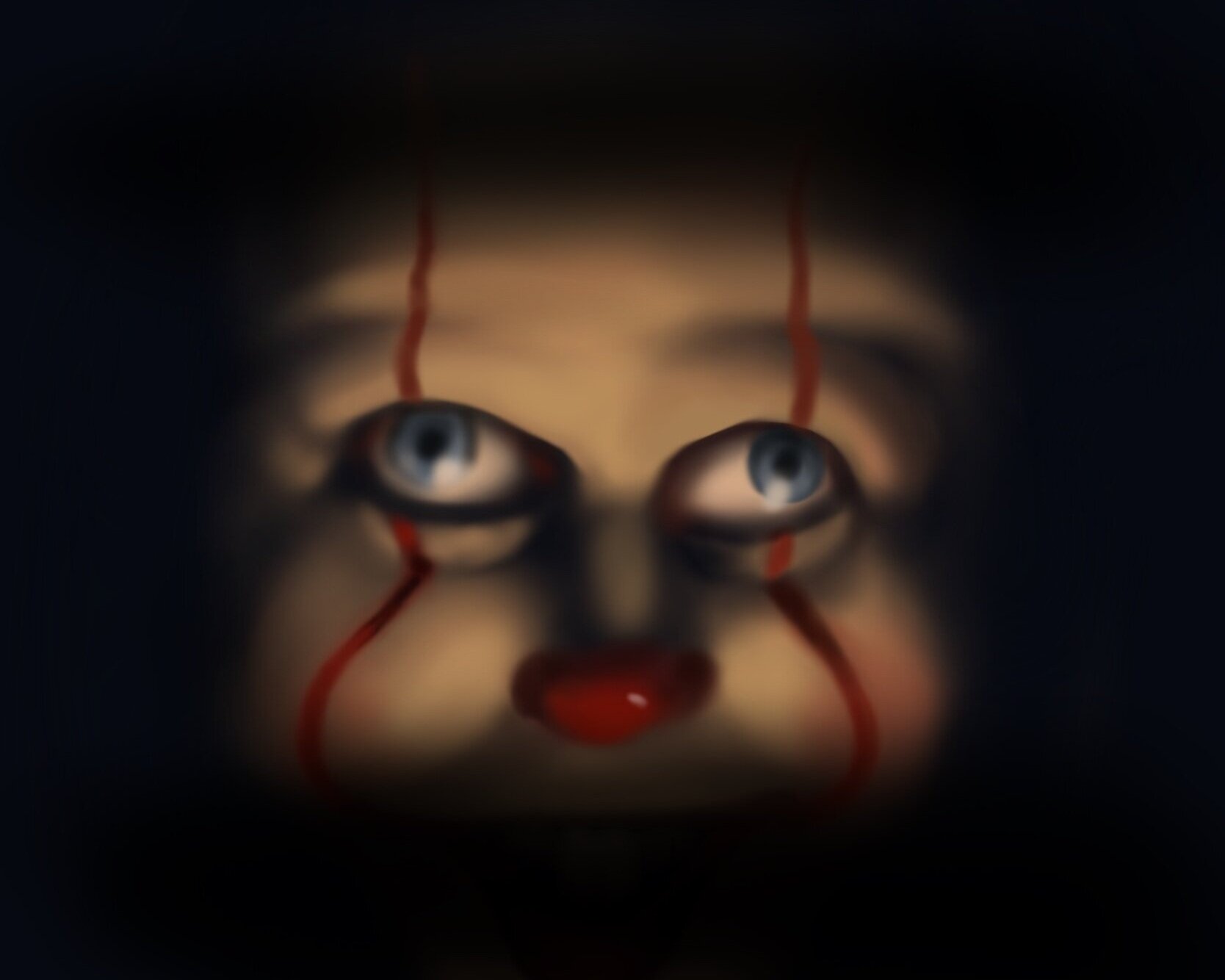Graphic by Vivian McPherson ’23
BY EMILY ROLES-FOTSO ’21
“It Chapter Two,” the highly anticipated sequel to the 2017 movie adaptation of Stephen King’s “It,” hit theaters Sept. 6 to the excitement of fans and critics alike. The first film, like the original novel it is based on, has garnered a cult following over the years and has the second highest-grossing box office for a horror movie with an estimated $91 million in its opening weekend.
With a star-studded cast and an excellent film preceding it, no one could have predicted that “It Chapter Two” would fall so flat. The film runs at a whopping two hours and 50 minutes, and it certainly feels that way. While its cast gives excellent performances, it misses the mark with pacing and writing, leaving for a painfully bloated film that feels more like a marathon than an engaging cinematic experience.
The film’s greatest flaw is that it relies too much on the nostalgia of “It.” While this is typical of sequels — especially horror sequels — the film doesn’t provide enough excitement, scares or emotion to make up for it. The audience is pulled through a repetitive formula of scenes that force the “Losers” to face their past traumas in the form of expensive CGI monsters and cheap jump scares. The formula might have worked if used sparingly, but after the first couple rounds it becomes almost patronizing in its repetition. The sequel brings nothing new to the characters, and the formulaic predictability prevents the scenes from even having scare value. In an attempt to return to the perfectly balanced comedy and horror of the first film, these scenes are cut with jokes, but they often feel forced and end up awkwardly undermining both the laugh and the scare.
While it certainly has many weaknesses, “It Chapter Two” didn’t miss the mark on all counts. That is largely due to the work of its cast. Bill Hader is a surprising standout, holding his own amongst acting greats like Jessica Chastain and James McAvoy. A particular scene toward the end of the film, in which he cries over the body of his first love, Eddie (James Ransone), is one of the film’s few emotional moments in the film that is actually effective.
Other scenes, like the montage at the end, reveal once more the film’s dependence on its predecessor; as the late Stanley Uris (Andy Bean) narrates about friendship, sacrifice and overcoming the past, we see flashes of the first film juxtaposed with flashes of the adult Losers attempting to move on. It is a beautiful moment, but only because it relies almost entirely on the nostalgia from the first film.
“It Chapter Two” is a disappointing follow-up to its predecessor. It had the perfect formula, with a talented cast, a huge budget, the same director and a general respect for the source material, but it was, unfortunately, too ambitious and could not reach its potential. Some changes from the previous adaptation were good, such as the explicit confirmation of Richie’s sexuality and the Losers keeping their memories, but ultimately they are overshadowed by bad writing and a runtime far longer than the film needed or deserved.

